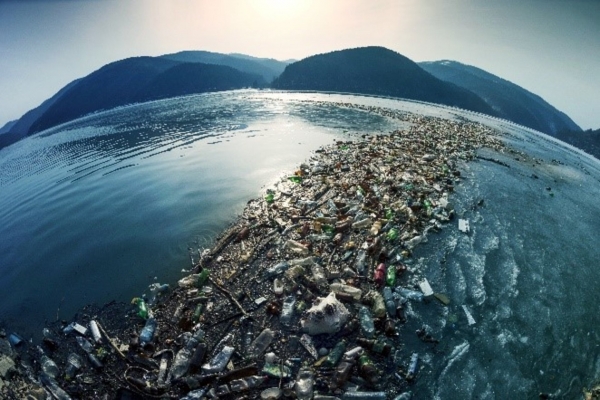

Every 60 seconds the equivalent of a lorry-load of plastic enters the global ocean. Where does it end up? Right now, researchers simply don’t know. In the bid, ESA had developed floating transmitters that could be tracked along the way. It will float to learn more about the plastic trail and send a complete model of all of that plastic waste in the ocean.
At regular intervals what might be compared to a truck heap of plastic enters the worldwide sea.
In a hey-tech variant of tossing out messages in bottles, model identifiable floats were sent in the waters off Indonesia, whose horde of islands brings about probably the most mind-boggling, eccentric flows on Earth.
Produced using wood for the greatest supportability, the floats were created by the French association CLS, Collecte Localization Satellites. An auxiliary of French space organization CNES, CLS is most popular for managing the satellite-based following of labeled marine creatures, floats, and fishing armadas utilizing its long-running Argos geopositioning framework, which performs satellite route fixes and returns them to CLS through satellite connection.
CLS utilized past experience with marine plastic litter in Indonesia for the float arrangements. It has recently collaborated with the Indonesian Ministry of Marine Affairs and Fisheries to assist with directing waste assortment endeavors – the country’s public marine contamination plan promises to decrease plastic waste by 70% by the finish of 2025.
Let’s hope that we could stop plastic littering and pollution to make our beloved earth a better place to live!
Author: Sri Nihal Tammana
Source: European Space Agency
PC: European Space Agency


© copyright 2022 by Recycle My Battery